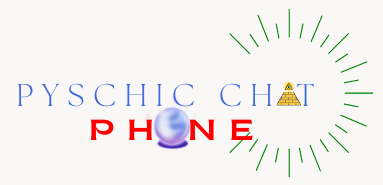Romanticism (also the Romantic era or the Romantic period) was an artistic, literary, and intellectual movement that originated in Europe toward the end of the 18th century and in most areas was at its peak in the approximate period from 1800 to 1850. It was partly a reaction to the Industrial Revolution, the aristocratic social and political norms of the Age of Enlightenment, and the scientific rationalization of nature. It was embodied most strongly in the visual arts, music, and literature, but had a major impact on historiography, education and the natural sciences. It had a significant and complex effect on politics, and while for much of the Romantic period it was associated with liberalism and radicalism, its long-term effect on the growth of nationalism was perhaps more significant. The movement emphasized intense emotion as an authentic source of aesthetic experience, placing new emphasis on such emotions as apprehension, horror and terror, and awe—especially that which is experienced in confronting the new aesthetic categories of the sublimity and beauty of nature. It considered folk art and ancient custom to be noble statuses, but also valued spontaneity, as in the musical impromptu. In contrast to the rational and Classicist ideal models, Romanticism revived medievalism. and elements of art and narrative perceived to be authentically medieval in an attempt to escape population growth, urban sprawl, and industrialism. Although the movement was rooted in the German Sturm und Drang movement, which preferred intuition and emotion to the rationalism of the Enlightenment, the events and ideologies of the French Revolution were also proximate factors. Romanticism assigned a high value to the achievements of ‘heroic' individualists and artists, whose examples, it maintained, would raise the quality of society. It also promoted the individual imagination as a critical authority allowed of freedom from classical notions of form in art. There was a strong recourse to historical and natural inevitability, a Zeitgeist, in the representation of its ideas. In the second half of the 19th century, Realism was offered as a polar opposite to Romanticism. The decline of Romanticism during this time was associated with multiple processes, including social and political changes and the spread of nationalism.
